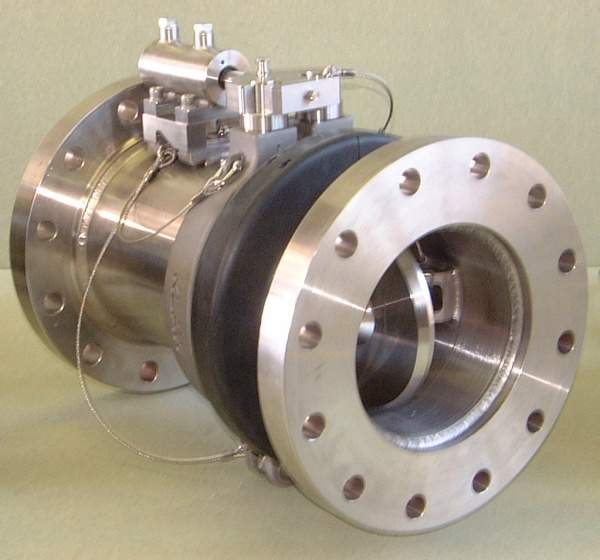Breakaway couplings play a pivotal role in ensuring safety and averting potential disasters in emergency situations. These ingenious devices serve as a crucial link in various industries, from oil and gas to chemical manufacturing and transportation. At their core, breakaway couplings are designed to disconnect swiftly and automatically when subjected to excessive force or stress, acting as a reliable safeguard against catastrophic incidents. In the realm of fluid transfer, breakaway couplings are commonly employed in pipelines and hoses. Imagine a scenario where a tanker truck is delivering hazardous chemicals, and an unforeseen emergency, such as a sudden impact or extreme pressure, occurs. In such instances, the breakaway coupling becomes the unsung hero, detaching the connection between the truck and the delivery system. This rapid disconnection prevents spills, leaks, and potentially dangerous releases of hazardous substances, mitigating environmental damage and protecting both human lives and infrastructure.
 The significance of offshore technology is particularly evident in offshore oil and gas operations. The extraction and transportation of hydrocarbons involve intricate systems where unexpected events, such as vessel collisions or equipment malfunctions, can pose severe threats. Breakaway couplings act as a fail-safe mechanism, automatically disconnecting critical connections in the event of excessive tension, preventing the spread of fire or the rupture of pipelines. This capability is not only vital for the protection of personnel and assets but also for minimizing the environmental impact of potential spills in delicate marine ecosystems. In emergency response scenarios, where time is of the essence, breakaway couplings offer a rapid and efficient means of isolating sections of a system. Firefighters tackling a blaze at an industrial facility, for instance, can rely on breakaway couplings to swiftly cut off the fuel supply, containing the fire and preventing it from escalating further. This quick response capability enhances the overall effectiveness of emergency interventions, safeguarding both emergency responders and surrounding communities.
The significance of offshore technology is particularly evident in offshore oil and gas operations. The extraction and transportation of hydrocarbons involve intricate systems where unexpected events, such as vessel collisions or equipment malfunctions, can pose severe threats. Breakaway couplings act as a fail-safe mechanism, automatically disconnecting critical connections in the event of excessive tension, preventing the spread of fire or the rupture of pipelines. This capability is not only vital for the protection of personnel and assets but also for minimizing the environmental impact of potential spills in delicate marine ecosystems. In emergency response scenarios, where time is of the essence, breakaway couplings offer a rapid and efficient means of isolating sections of a system. Firefighters tackling a blaze at an industrial facility, for instance, can rely on breakaway couplings to swiftly cut off the fuel supply, containing the fire and preventing it from escalating further. This quick response capability enhances the overall effectiveness of emergency interventions, safeguarding both emergency responders and surrounding communities.
Moreover, breakaway couplings contribute to overall system resilience by minimizing downtime and facilitating faster recovery after emergency events. In the aftermath of an incident, the ability to quickly and safely reconnect systems is paramount for restoring normal operations and preventing prolonged disruptions to critical processes. In conclusion, breakaway couplings are indispensable components in ensuring the safety and integrity of various industrial processes, especially in emergency situations. Their capacity to automatically disconnect under duress plays a critical role in averting disasters, protecting lives, and preserving the environment. As industries continue to prioritize safety and risk management, the importance of breakaway couplings in emergency response cannot be overstated, underscoring their status as indispensable guardians of operational integrity.
